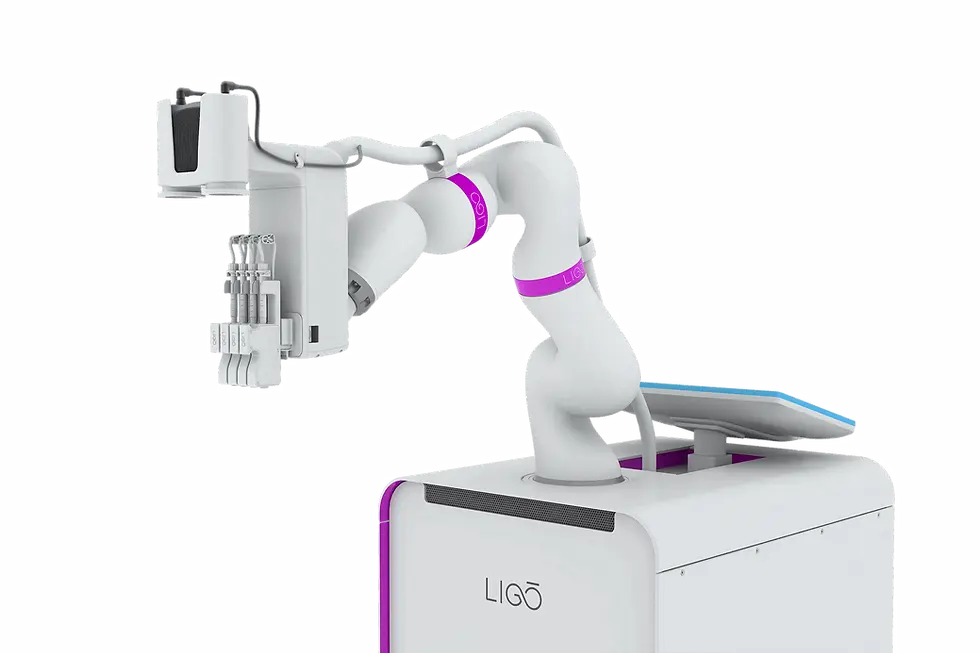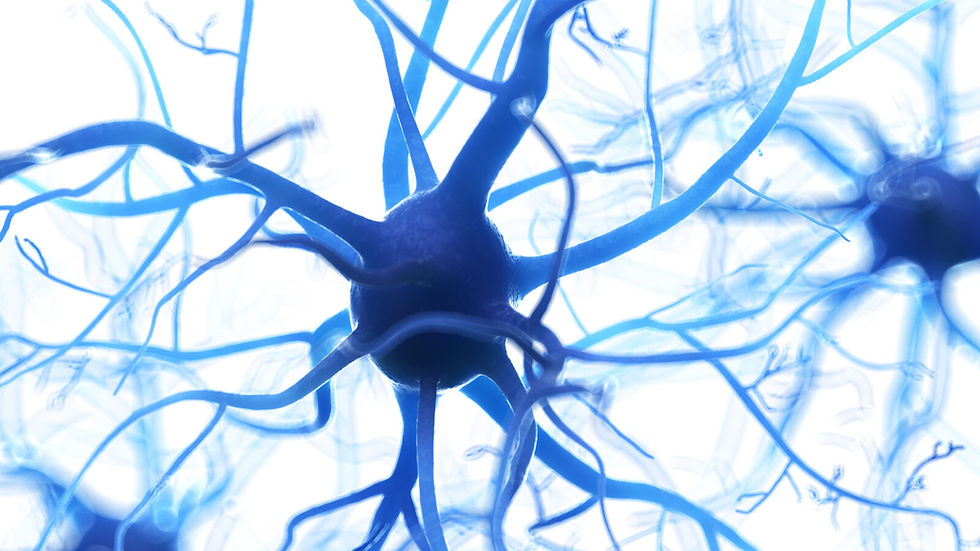Tiny Tumours, Huge Potential:- A New Era in Cancer Research through 3D Bioprinting.
- Adreeka jeet

- Jul 16
- 2 min read

Imagine holding a tiny 3D-printed tumour in your palm that was created especially for research, rather than one that is inside a patient. Scientists at TissueTinker, a spin-off of McGill University, have revolutionised the way we study and treat cancer.
How Did They Act?
Tumour models as small as 300 micrometres (roughly the size of a grain of salt) have been successfully 3D printed by researchers. They are made from biomaterials that mimic human tissues, such as the microenvironment surrounding actual tumours in the body, so they are more than just plastic copies.
This enables researchers to observe the tumour’s behaviour in a realistic environment, including how it develops, how its oxygen levels fluctuate, and above all how it reacts to treatments.
What Makes This Revolutionary?
The gap between human trials and petri dish studies has long been a problem in cancer research. The intricacy of actual tumours cannot be replicated by conventional 2D cell cultures. Animal experimentation raises ethical questions and frequently does not accurately predict the behaviour of human cancers.
3D bioprinted tumour models can help with this. They establish a link between fundamental studies and clinical trials by providing:
More realistic models of the environments of human tumours
The capacity to test several medications or treatments on the same kind of tumour
Tailoring research to examine tumours with particular metabolic or genetic characteristics
How This Is Beneficial in Real Life?
Scientists can customise cancer treatment using these models. Consider using a patient's own cancer cells to bioprint a miniature tumour and testing various medications on it before selecting a course of action.
What Is Special About TissueTinker?
TissueTinker replicates the composition and stiffness of natural tissues using a proprietary hydrogel formulation. In order to replicate the structure of both healthy and malignant tissues side by side, their 3D bioprinter deposits layers of cells and biomaterials. This makes it simpler to see variations and drug reactions in real time.
Mini Tumours' Future:-
In addition to cancer, this technology makes it possible to study other illnesses, drug toxicity, and even uncommon conditions for which it is challenging to collect samples. The dream of all dreams? printing models of entire organs to mimic the progression of illnesses in the human body.
A Step Toward Ending Trial-and-Error Medicine :-
While the road to 3D-printed organs is still far away, developments like this get us closer to more ethical, efficient, and individualized healthcare. From the lab bench to the bedside, the capacity to print “tiny tumours” could have a huge impact on how we treat cancer.
Fun Fact: These tiny tumours are also used to study how oxygen flows through a tumour a key factor in why some cancers resist treatment. The inner core of a real tumour often becomes oxygen-deprived, and this 3D model helps researchers understand that process better.

(Image credit: Getty/thom leach)



Comments